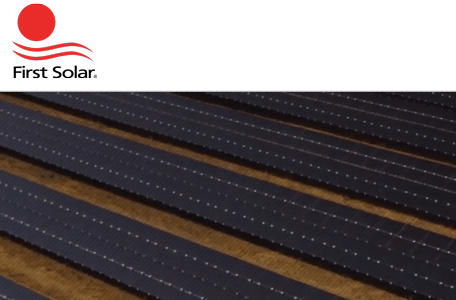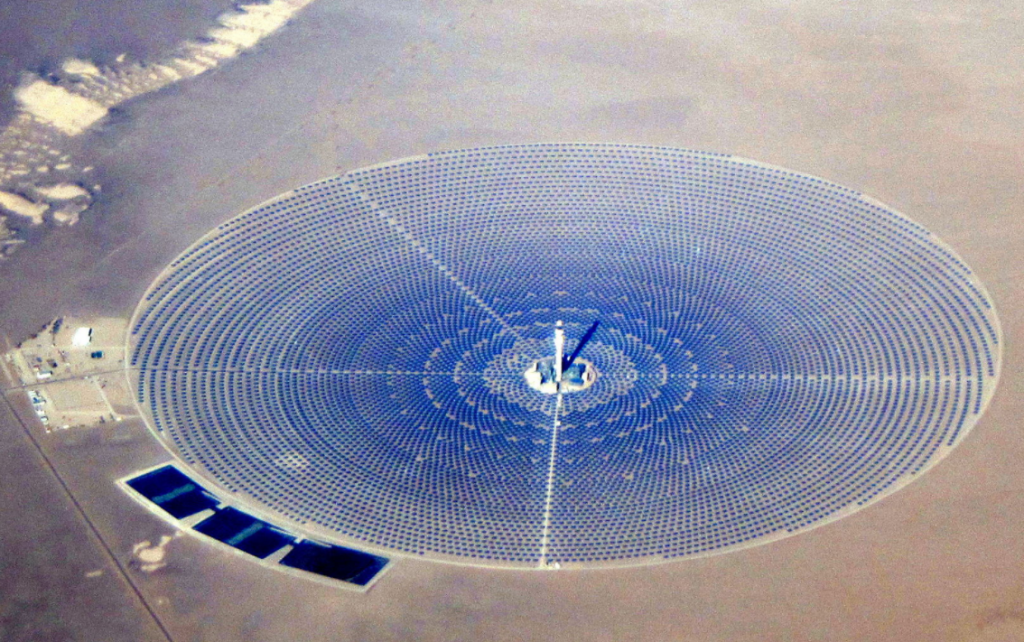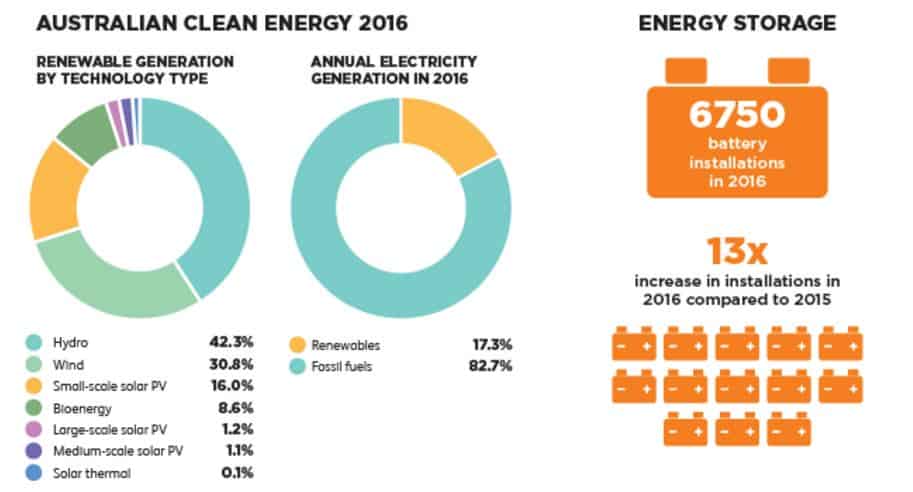Electricity network operator Ausgrid has reacted to ballooning infrastructure maintenance and repair costs by investing in a pilot trial for solar power. They’re offering to buy solar from local Sydney businesses in a trial area to see how renewables can help move a company, which has been called “possibly the least efficient network in Australia” (via Hugh Grant (no, not that one!) from the Australian Energy Regulator) into the future.
Ausgrid’s Solar Trial

Ausgrid, Australia’s biggest network operator, was privatized and sold to two Australian super fund managers late last year. Technically the deal was a 99-year lease of their assets, while the New South Wales government holds 49.6% and a consortium of IFM Investors and AustralianSuper holds the other 50.4% interest.
With electricity networks now utilising PV solar to cut costs and future-proof their businesses, it’s clear the cat is well out of the bag in terms of Australia’s energy future.
Via a $2 million trial investment, Ausgrid is offering $250 per kilowatt for companies in certain Sydney suburbs (Auburn, Erskineville, Alexandria, Redfern, Randwick, Waterloo and Kingsford Smith, according to RenewEconomy) to install solar panels on the top of warehouses and industrial facilities.
A tender document noted: “We consider solar power systems and energy efficiency retrofit activities would offer permanent demand reductions over the typical network need period once installed.”
They hope to reduce grid demand and subsequently lessen the amount required to fix existing infrastructure – and if this pilot is successful Ausgrid could potentially roll the offering across their entire network, which spans Sydney metro, the Central Coast, and the Hunter Valley.
The future for Ausgrid and Solar Power
Now that they’re starting to realise the inexorable march towards renewable energy means adapt or perish, there are myriad pathways Ausgrid could take from here.
Assuming their trial project is successful, they could roll the entire 1.6 million customers into a bunch of microgrids, implement local energy trading, and they could also consider looking at further decentralising their grid – they could offer incentives for energy storage, not just solar panels.
Whatever ends up happening, Australia’s solar power future is clearly starting to shine brightly when companies like Ausgrid start to turn to renewables to save money!





